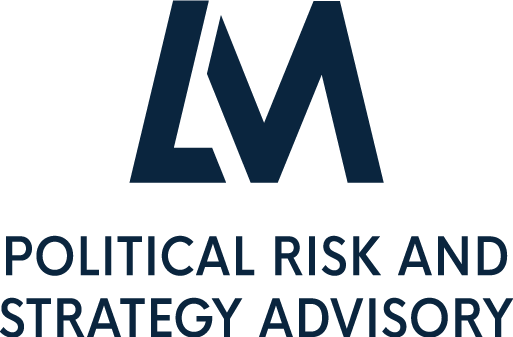Case Studies
Strategic Foresight
A German family business in the food industry with a production facility in a mid-sized German town has been operating successfully for decades both in Europe and North-America as well as in emerging countries, primarily in China/Southeast Asia, Eastern Europe/Central Asia and Latin America. While it sells the final goods to all these markets, the emerging countries are also important suppliers of raw materials and semi-processed products. As Ukraine (mainly as a supplier) and Russia (both as a supplier and sales market) played a major role in the company's strategy, the company has been suffering from the impact of the war and conflict with Russia. At the same time, the disruption of supply and delivery chains, particularly to and from China as a consequence of the pandemic, posed a severe challenge. In addition, market changes in Europe and North-America due to inflation, the shift to a circular economy and changing consumer behaviour as a response to the climate crisis are also having an impact.
The company usually revises its business strategy every five years. In view of the above-named challenges, this time round, the management decided to work with L&M PRISK in order to prepare for future trends and adapt a broader long-term resilience strategy. L&M PRISK applied the methodology of strategic foresight, using its holistic business and social science expertise.
To begin with, we carried out a workshop with the company’s management team, including the heads of the different departments. This involved an overview of new trends potentially affecting the company, from business operations to supply chains, products, financial stability, data security, employees, and the development of new markets. As a result of the workshop, we jointly decided to focus on three key areas in the strategic planning process: (1) consumer trends in Western Europe and Northern America, (2) the resilience of supply and delivery chains, (3) geopolitical risks and future markets, focusing on a shift of business from Eastern Europe and China to Central Asia, Africa and Southeast Asia. The next step was to work closely with the relevant corporate departments to screen the company and its environment for opportunities and risks with regard to current developments in these areas and to analyze prospects for action in terms of target markets, supply chains, the product, and time horizons. We worked with alternative future scenarios and probability analyses. In the end, we designed and implemented strategic approaches to help the company achieve the jointly envisioned goals. As part of our strategic monitoring services, we will continue to guide the company over the long term in its adaptation of strategies to new developments.

